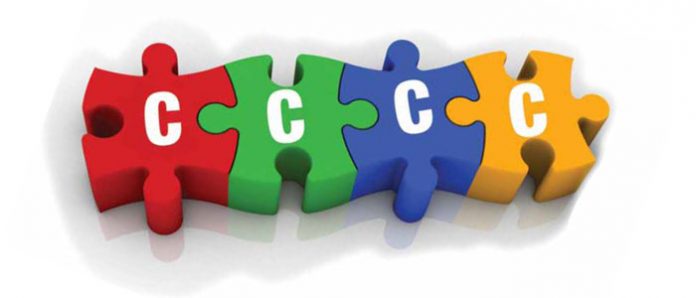
by Adam Rapp
The nerves and emotions brought about by the pandemic over the last four months are the feelings that emerge in those first moments of a rollercoaster ride. In March and April, the world entered panic mode and shut down, dealers feared they were headed down a flattening track of incoming profit. Virus or not, the auto industry could not have another 2008 on their hands. The OEM’s scrambled to come up with unique and once in a lifetime buying incentives. The government stepped in with a stimulus package that sent out a substantial amount of income to consumers. By the time May rolled around, the rollercoaster was well on its way up the first grade. With consumer confidence restored, largely due to the incentives and stimulus checks, individuals headed over to the dealership. The pent-up demand from March and April overwhelmed auto industry cash registers in May and June. Business was booming with sales in June breaking records, as we reached the first peak of the ride. As a result, some dealers grew skeptical of the projections regarding long-lasting effects of the virus on the auto industry. This led to some dealers taking a back seat to developing strategies for a potentially darkening future. Unfortunately, it is becoming increasingly clear that another bottoming may just be around the corner. Nonetheless, all dealers, especially those who have struggled to innovate, may soon feel their stomachs drop as the roller coaster plunges downward into another shutdown abyss.
While rising COVID cases are certainly playing a role in the economic direction of the auto industry, there is also another major component at play, “the four C’s”. Coined by Dale Pollak of Cox Automotive, the “four C’s” stand for cash, confidence, credit and cheap money (assistance and incentives). In order to further understand the four C’s, Jonathan Smoke, the Chief Economist at Cox Automotive shared his insights during a recent Dealer News Today podcast. According to Smoke, these are functions that determine how well a dealership will perform based on the state of the economy. More importantly, the four C’s can be your best friend one moment and your worst nightmare the next. If the economy is doing well, as the country saw in May and June, then the four C’s will forecast strong sales. However, if the economy begins to struggle, one or more of the four C’s will likely follow. As an economy worsens, the four C’s react in a domino effect, as they all influence each other. Smoke is also of the mind that August may be the tipping point. Now, considering that a decline is potentially two weeks away, how do dealers understand and navigate the four C’s? Let’s break them down.
Cash is the leader of the group. Without money, confidence flounders, credit becomes tricky and cheap money disappears. In the pandemic economy, cash and cheap money go hand and hand. As millions lost their jobs or were furloughed, the government took action, if only temporarily. This is the reason that even in the midst of uncertainty, consumers were still able to continue making purchases. However, with a record number of people still out of work (11% or the population) and enhanced unemployment benefits due to end shortly (which adds up to an additional six hundred dollars a week) cash – for many – will no longer be as readily available. When seeing these elements in totality, confidence begins to waver. Without another stimulus check and deferments on rent and loans going away, consumers will no longer feel the confidence to make large purchases. This also makes credit less feasible as loans will pile up with individuals unable to pay them. Compounding this, being eligible for loans will become more difficult, according to Smoke. This is especially true in the subprime category where credit will be harder to come by. While Smoke is optimistic that the subprime market is still having some success with loans, he is not oblivious to the cracks in the floor. “It’s taking more effort, customers are having to shop more lenders and the terms that they’re getting back are not quite as attractive”, Smoke says. If loan performance continues to deteriorate, then credit will tighten even more, which will be a significant loss to dealers who heavily depend on subprime loans.
While the potential fallout may seem overwhelming, your dealership can still strategize tactics to overcome these issues. According to Smoke, it is critical that your dealership proceeds carefully in the coming months. Manage your inventory tightly by maintaining a thirty-day window. Communicate with manufacturers and OEMs and brainstorm potential ways to create more incentives. Most importantly, monitor the market, as data is the most vital resource when it comes to your dealership’s success. By creating something positive out of a negative experience, your dealership will weather the unnerving drops on this pandemic rollercoaster far stronger.


















